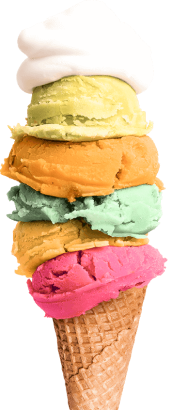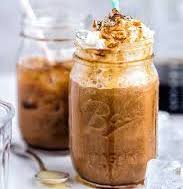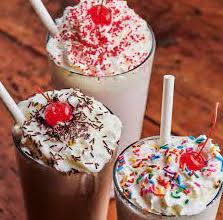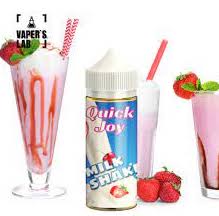


ice cream
made with passion
- 16 cafes
- 23 food trucks
Lorem ipsum dolor sit amet,
consectetur adipiscing elit,
sed do eiusmod tempor
incididunt ut labore et



Lorem ipsum dolor sit amet,
consectetur adipiscing elit,
sed do eiusmod tempor
incididunt ut labore et
100% NATURAL
Lorem ipsum dolor sit amet, consectetur adipiscing elit, sed do eiusmod tempor incididunt ut labore et.
Lorem ipsum dolor sit amet, consectetur adipiscing elit, sed do eiusmod tempor incididunt ut labore et.
Lorem ipsum dolor sit amet, consectetur adipiscing elit, sed do eiusmod tempor incididunt ut labore et.

Fusce ut velit laoreet, tempus arcu eu, molestie tortor. Nam vel justo cursus, faucibus lorem eget, egestas eros. Maecenas eleifend erat at justo fringilla.
Curabitur lacinia enim at ex blandit, vel pellentesque odio elementum. Mauris rhoncus orci in imperdiet placerat. Vestibulum euismod nisl suscipit ligula volutpat, a feugiat urna maximus. Cras massa nibh, tincidunt. Aliquam erat volutpat. Aenean accumsan.
Aliquam ac dui vel dui vulputate consectetur. Mauris massa.
Aliquam ac dui vel dui vulputate consectetur. Mauris massa.
Aliquam ac dui vel dui vulputate consectetur. Mauris massa.










Nullam viverra consectetuer. Quisque cursus et, porttitor risus. Aliquam sem. In hendrerit nulla quam nunc, accumsan congue. Lorem ipsum primis in nibh vel risus.
Emily, Los Angeles
Chicago
Fusce ut velit laoreet, tempus arcu molestie vulputate
Monday - Friday 06:00 AM - 10:00 PM
Saturday - Sunday 08:00 AM - 16:00 PM
Los Angeles
Fusce ut velit laoreet, tempus arcu molestie vulputate
Monday - Friday 06:00 AM - 10:00 PM
Saturday - Sunday 08:00 AM - 16:00 PM
New York
Fusce ut velit laoreet, tempus arcu molestie vulputate
Monday - Friday 06:00 AM - 10:00 PM
Saturday - Sunday 08:00 AM - 16:00 PM
Our love affair with ice cream is centuries old. The ancient Greeks, Romans, and Jews were known to chill wines and juices. This practice evolved into fruit ices and, eventually, frozen milk and cream mixtures.
If you place a container of milk or cream in the freezer, you'll end up with a stiff block of frozen liquid, not the soft, creamy ice cream that we're used to. Special techniques are employed to make ice cream that creates smaller ice crystals and incorporates air, which produces a soft texture.
Constantly churning ice cream, whether by hand or mechanically, ensures that large, stiff ice crystals do not form within the mixture. The churning process also serves to introduce air and create a foam-like texture, further softening the mixture. However, there are no-churn options to make ice cream.
Salt, which lowers the melting point of ice, is often used in the ice-cream making process. When the melting point of ice is lowered, it draws heat out from the ice-cream mixture faster, causing it to freeze at a quicker rate. Freezing the mixture quickly produces smaller ice crystals and a softer final product. The salt that is mixed with the ice never comes in contact with the ice cream and therefore does not affect the sodium content. The salt-filled ice is packed around an inner ice-cream chamber that keeps the ice cream in and salt out.
Liquid nitrogen and dry ice can also be used to make ice cream as they also produce a quick freezing action. The popular mall treat Dippin Dots consists of small balls of ice cream created using liquid nitrogen to freeze small droplets of cream.
Why do we like ice cream?
Lorem ipsum dolor sit amet, consectetur adipiscing elit, sed do eiusmod tempor incididunt ut labore et

Why do we like ice coffee?
Lorem ipsum dolor sit amet, consectetur adipiscing elit, sed do eiusmod tempor incididunt ut labore et

Why do we like milkshakes?
Lorem ipsum dolor sit amet, consectetur adipiscing elit, sed do eiusmod tempor incididunt ut labore et
